Millions of people worldwide suffer from hyperhidrosis, also known as excessive sweating. It is a common and frequently upsetting medical condition. This article explains the many facets of hyperhidrosis, including its incidence, treatments and effects on individuals quality of life.
Types of Hyperhidrosis (Excessive Sweating):
Although hyperhidrosis can take many different forms, the two main categories are as follows:
- Axillary Hyperhidrosis (Axilla)
The term “axillary hyperhidrosis” describes profuse perspiration under the arms. In addition to causing social embarrassment and stained clothing, this condition can cause a number of other problems.
- Palmoplantar Hyperhidrosis
The condition known as palmoplantar hyperhidrosis is typified by profuse perspiration on the foot soles and palms. It may begin earlier in life and seriously interfere with day-to-day activities.
Incidence
Although the exact prevalence of hyperhidrosis in the UK is unknown, estimates range from 1 to 3 per 100 persons. This implies that hundreds of thousands of people likely have the condition in the country. In the UK, excessive sweating has an incidence rate of roughly 0.13%, or 13 new cases diagnosed for every 10,000 persons annually, according to a different study based on health care databases.
Onset
Hyperhidrosis can start in a variety of ways, In late adolescence, axillary sweating frequently starts.
The average onset age of palmoplantar hyperhidrosis is comparatively younger, at 13 years old.
Side Effects
People with hyperhidrosis may experience a wide range of negative effects in their lives, such as:
Psychological and Social changes
Sweating excessively can be awkward and hurtful to relationships. Common problems include discomfiture in social situations and soiled clothes.
Practical Consequences
When hyperhidrosis is severe, it can cause practical problems and make it hard for the affected person to do daily duties. It might seem intimidating to shake hands, hold a pen, or even grip a steering wheel in an automobile.
Causes of hyperhidrosis
Hyperhidrosis, the medical term for excessive sweating, can be caused by a variety of things. Excessive sweating can have a number of causes, including:
Obesity:
An overweight person’s body will sweat more because it has to work harder to control their body temperature.
Hormonal Fluctuations:
Excessive perspiration can be brought on by hormonal changes, including puberty, pregnancy, and menopause.
Anxiety Disorders:
Sweating excessively is a common physical reaction to stress in people with anxiety disorders.
Depression:
Some people experience elevated sweating in response to emotional stress, including depression.
Anger:
The body’s sweat response can be triggered by strong emotions such as anger.
Diabetes:
Because blood sugar levels fluctuate, people with diabetes may perspire excessively.
Hyperthyroidism:
Excessive sweating can result from hyperactive thyroid glands, which speed up the body’s metabolism.
Heart or Lung Disease:
The body may sweat excessively due to heart or lung conditions that make it difficult for the body to withstand low oxygen levels.
Parkinson's Disease:
The body’s normal thermoregulation can be upset by neurological conditions like Parkinson’s, which causes excessive perspiration.
Heart Failure:
Fluid retention brought on by a weakening heart may result in increased sweating.
Alcohol Abuse:
Drinking too much alcohol can interfere with the body’s ability to regulate its temperature, which causes excessive perspiration.
Shingles:
Localized sweating in shingles-affected areas can be a painful skin condition.
Menopause:
Because of hormonal changes, menopausal women often get hot flashes and night sweats.
Symptoms
Excessive sweating is the hallmark of hyperhidrosis, which presents with a variety of symptoms. Among these symptoms may be:
Skin Wetness:
If you perspire a lot, your skin will always feel damp or moist.
Damp Clothes:
Wearing clothes that are soaked with sweat can be uncomfortable and even embarrassing.
Beads of Fluid:
During periods of increased perspiration, you may notice beads of sweat trickling from your forehead or cheeks.
Itching and Inflammation:
Sweat can irritate your skin and result in itching and inflammation when it comes into touch with it.
Body Odor:
Sweat particles can combine with bacteria on your skin to produce an offensive body odor.
Cracked or Peeling Skin:
Prolonged contact to high moisture content can cause cracking and peeling of the skin, especially on the hands and feet.
The symptoms of hyperhidrosis might differ in intensity. While some people struggle with persistent, excessive perspiration that greatly interferes with their daily activities, others only suffer moderate, sporadic symptoms.
Hyperhidrosis affects your personality
In addition, hyperhidrosis can significantly affect a person’s emotional well-being. Many people who suffer from hyperhidrosis may avoid social situations or particular activities because they feel ashamed or self-conscious about their excessive perspiration. Seeking treatment from a healthcare provider for symptom management and, if necessary, consulting with a mental health expert to address any linked emotional concerns are advised if hyperhidrosis starts to negatively impact your mental health.
What triggers sweating?
A normal physiological reaction that aids in controlling body temperature is sweating. There are a number of internal and external factors that might stimulate the sweat glands. Among these triggers are:
Emotions:
Stress, worry, fear, or anxiousness are examples of intense emotions that can cause sweating to increase. The body’s “fight or flight” reaction includes this.
Warmth or Humidity:
The body may sweat more to regulate its temperature if the outside temperature is high or the humidity is high.
Exercise or Physical Activity:
The body releases heat through sweating when it experiences a rise in core temperature.
Dietary factors:
Certain foods and drinks, such as those that are spicy, fatty, sweet, or salty, or heavy in protein, can cause perspiration. Alcohol and other caffeinated drinks, such as coffee, can also have a diuretic impact that increases sweating.
Medication:
Sweating is a side effect of some drugs. These may include medications such as levothyroxine, lisinopril, naproxen, omeprazole, sertraline, hydrocodone, insulin , and albuterol.
Treatments To Get Rid of Excessive Sweating
1. Iontophoresis
The treatment for hyperhidrosis, or excessive perspiration, is iontophoresis. It works by passing a mild electrical current through water to momentarily stop your sweat glands. If it is effective for you, you will need to continue the treatments in order to sustain the results.
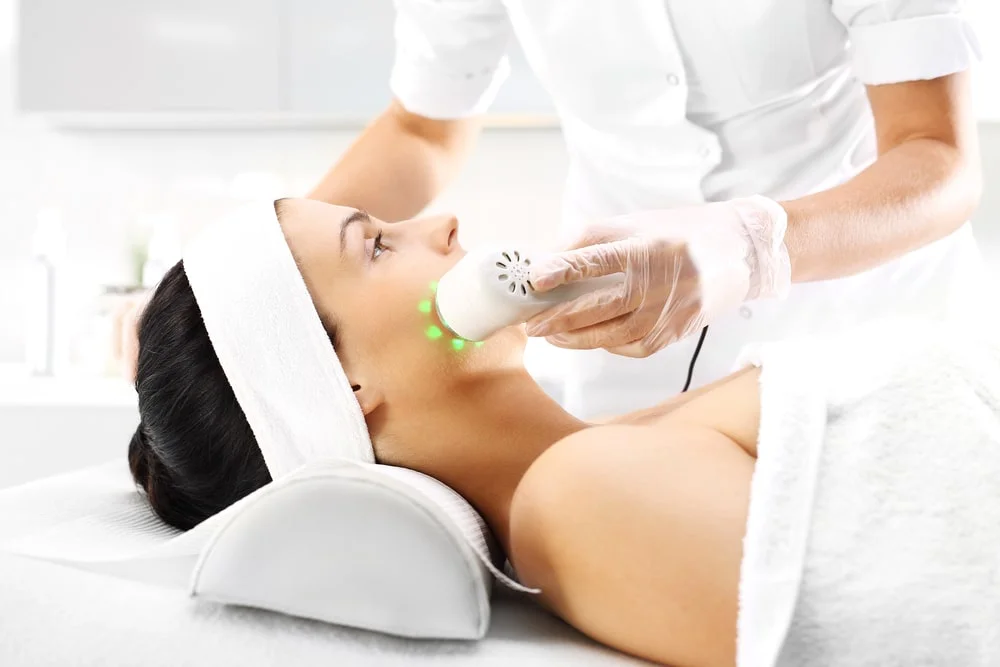
Iontophoresis Procedure
Step1
Assemble all required tools before beginning iontophoresis. A shallow tray, tap water, an iontophoresis machine, and, in certain situations, baking soda or prescription medication are required.
Step 2
Assume a comfortable posture and make sure the afflicted areas of your body are completely submerged in the shallow tray. Depending on your treatment plan, this could entail submerging both hands, both feet, or just one hand and one foot in the water.
Step 3
The shallow tray that has tap water in it will be connected to the iontophoresis machine. It applies a small electrical current to the body parts that are submerged by passing it through the water. Usually, the current is quite gentle and not uncomfortable.
Step 4
Depending on the particular machine and treatment plan, the iontophoresis treatment can take anywhere from 15 to 40 minutes to complete. The machine may use pads to effectively target other body parts while treating them.
Treatment duration
For optimal results, iontophoresis usually requires regular treatments. Initially, you may need to repeat the procedure three times per week. This frequency continues until the desired results are achieved.
After achieving the desired outcome, maintenance treatments are necessary. These are typically done once a week to sustain the effects of iontophoresis.
Cost of iontophoresis
Iontophoresis is typically administered by a healthcare provider. To use an iontophoresis device at home, you’ll need a prescription from your doctor. In many cases, insurance may cover the cost of the device.
Iontophoresis is a proven method for managing conditions like hyperhidrosis, and its effectiveness can vary from person to person. Always consult with a healthcare professional to determine the most suitable treatment plan for your specific needs.
2.Botox: A Superb Treatment for Excessive Sweating
High sweating, or hyperhidrosis, can be overwhelming. Thankfully, there are several treatment choices, and Botox is an excellent one. Botox is best known for decreasing wrinkles, but it is also FDA-approved for underarm perspiration. However, some doctors may use it to alleviate palm and foot perspiration.
How Botox Works
Botox blocks a neurotransmitter that activates sweat glands. Botox reduces excessive sweating by blocking this signaling. The treatment may require numerous injections in the targeted regions, but the effect might last nearly a year.
Botox relieves hyperhidrosis sufferers from excessive sweating. This novel Botox treatment shows its usefulness in treating medical issues beyond cosmetics. However, a doctor should assess Botox’s suitability and create a customized sweating management plan.
3.Oversweating Microwave Thermolysis
MiraDry, a commercial treatment for hyperhidrosis, permanently disables underarm sweat glands with precise microwave beams. Treatment takes 60 minutes.
What to expect following the hyperhidrosis treatment is as follows:
Long-Term Efficacy:
Although the technique is frequently promoted as a long-term remedy for excessive perspiration underarms, it’s important to remember that long-term research is still being conducted to confirm its long-term efficacy.
Treatment Frequency:
Two treatments, spaced about three months apart, are usually advised. This timetable enables long-lasting and efficient management of excessive perspiration under the arms.
Getting Ready for the Process
Reviewing Medical History: To make sure the procedure is safe and appropriate for the patient, a thorough evaluation of their medical history is conducted.
Discussion: The physician and the patient talk about the procedure’s expected results, possible dangers, and expectations. This gives the patient a chance to talk about any worries they may have.
Anesthetic Application: A local anesthetic is administered to the treatment region during the process. This guarantees the patient’s comfort and reduces any discomfort that may arise during the procedure.
There are a few possible hazards and side effects to be aware of, even though the process is normally safe. These may consist of:
Reviewing Medical History: To make sure the procedure is safe and appropriate for the patient, a thorough evaluation of their medical history is conducted.
Discussion: The physician and the patient talk about the procedure’s expected results, possible dangers, and expectations. This gives the patient a chance to talk about any worries they may have.
Anesthetic Application: A local anesthetic is administered to the treatment region during the process. This guarantees the patient’s comfort and reduces any discomfort that may arise during the procedure.
There are a few possible hazards and side effects to be aware of, even though the process is normally safe. These may consist of:
Reviewing Medical History: To make sure the procedure is safe and appropriate for the patient, a thorough evaluation of their medical history is conducted.
Discussion: The physician and the patient talk about the procedure’s expected results, possible dangers, and expectations. This gives the patient a chance to talk about any worries they may have.
Anesthetic Application: A local anesthetic is administered to the treatment region during the process. This guarantees the patient’s comfort and reduces any discomfort that may arise during the procedure.
There are a few possible hazards and side effects to be aware of, even though the process is normally safe. These may consist of:
Localized discomfort
Localized Swelling
Temporary Change in Skin Sensitivity
4.Anticholinergic Drugs
When standard treatments such as antiperspirants, iontophoresis, and Botox have proven ineffective in treating excessive sweating, your doctor may recommend an anticholinergic medicine. These oral drugs work by suppressing sweat gland activation, providing an alternative method to treating the illness. However, it’s crucial to remember that anticholinergic medicines aren’t for everyone because they can cause a variety of side effects, including:
Blurred Vision:
Some people may experience a momentary loss of vision, which can interfere with daily activities and necessitate caution when performing duties that require clear vision.
Heart Palpitations:
These drugs might cause heart palpitations on occasion, causing a greater awareness of one’s heartbeat, which can be uncomfortable.
Dry Eyes:
A potential adverse effect is dry eyes, which can cause irritation, itching, and light sensitivity. To ease these symptoms, eye drops may be required.
Dry Mouth:
Anticholinergic medications can cause dry mouth, which causes discomfort and thirst. This side effect can be managed by staying hydrated and using sugar-free lozenges or gum.
Difficulty Urinating:
Some people have difficulty urinating, which can be annoying. If this occurs, it is critical to get advice from your healthcare professional.
Because of their potential negative effects, anticholinergic medications are only used as a last resort in the treatment of hyperhidrosis. The decision to pursue this treatment should be taken in cooperation with your healthcare professional, who can weigh the risks and benefits in light of your particlar condition and health profile.
5.Prescription Antiperspirants
These antiperspirants are available with a prescription and include 6.25% to 20% aluminum chloride hexahydrate. Although they are stronger, they have the potential to irritate skin, particularly if not used as prescribed.
6.Anticholinergic Wipes
A wipe prescribed for severe hyperhidrosis is called Qbrexza. Glycopyrronium, an anticholinergic substance that blocks the molecules that cause perspiration, is present in 2.4% of it. Side effects include burning or stinging, dry mouth, cramping in the muscles, and retention of urine may occur.
7.Oral Anticholinergics
Chemicals that cause perspiration can be inhibited by taking medications like glycopyrrolate and oxybutynin orally. However, these medications have the potential to cause adverse effects such constipation, dry mouth, dry eyes, and cognitive problems, which makes them less ideal for long-term use.
8.Laser Therapy
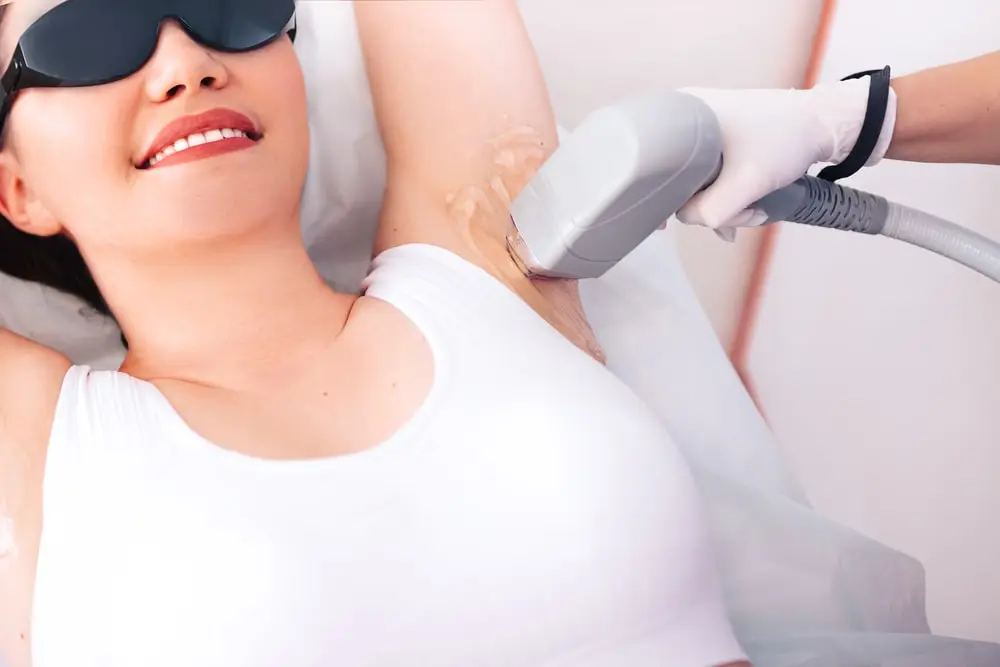
Without damaging the tissues around the sweat glands, laser treatments target them. According to preliminary research, laser therapy can lessen the intensity of perspiration, and recuperation happens quickly.
9.Sweat Gland Removal
Excision, curettage, or liposuction can be used to remove sweat glands from under the arms. Sweat gland-containing tissue can also be softened using laser-assisted procedures. Not every bodily part is a good candidate for these local procedures, though.
10.Nerve Surgery (Sympathectomy)
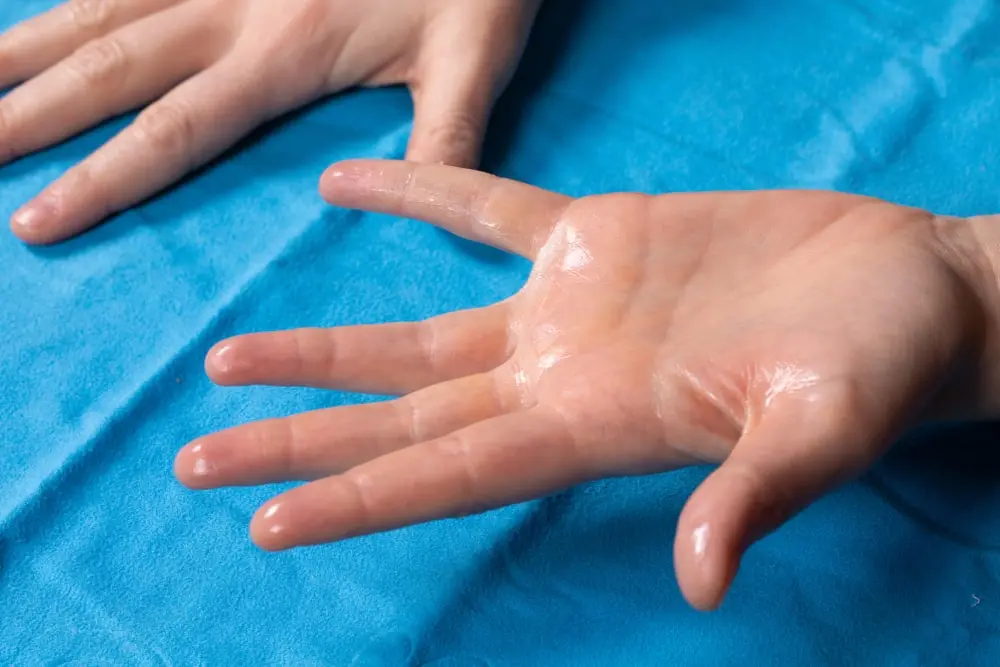
The last option for palmar sweating (hands) is endoscopic thoracic sympathectomy (ETS). The goal of this invasive operation is to prevent sweat gland nerve transmissions. Significant dangers and adverse effects include heat intolerance, hypotension, compensatory sweating, and arrhythmia of the heart.
How to Diagnose hyperhidrosis?
Starch-Iodine Test
Healthcare provider applies an iodine solution to the sweaty area and then dusts it with starch. Areas with excessive sweating turn dark blue, helping identify the locations affected by hyperhidrosis.
Laboratory Test
To determine whether another medical condition, such as hyperthyroidism or hypoglycemia, is the source of your perspiration, your healthcare practitioner may suggest blood, urine, or other lab testing.
Paper Test
Special paper is placed on the affected area to absorb sweat. After a designated period, the paper is weighed to quantify the amount of sweat produced, aiding in the diagnosis of hyperhidrosis.
Blood or Imaging Tests
In some cases, blood tests or imaging techniques may be utilized to gain insights into the factors contributing to your symptoms. These tests can help healthcare providers understand the root causes of hyperhidrosis.
Home Remedies Hyperhidrosis
Apple cider vinegar
Its astringent qualities might reduce excessive sweating topically. It balances body pH internally. Apply to the affected area or mix with honey in water and drink daily on an empty stomach.
Baking Soda
Alkaline baking soda neutralizes sweat acids that foster germs. Combine it with cornstarch and essential oil for a natural deodorant or apply it under the arms.
Sage
Astringent and antiperspirant that reduces sweating. Apply dried sage leaves to sweaty areas after boiling and cooling.
Witch Hazel
Antiperspirant and astringent, it reduces pores to reduce sweating. For longer-lasting benefits, use witch hazel liquid extract with a cotton ball or prepare a paste with bark powder and water.
Coconut Oil
Lauric acid kills odor-causing microorganisms. Use it on sweaty areas or make a DIY deodorant with coconut oil, shea butter, baking soda, and aromatic oils.
Black Tea
Tannic acid constricts perspiration glands. Prepare black tea, dip a cloth, and apply to underarms or palms and feet.
Practice Yoga
Inner peace and emotional stability helps reduce excessive sweating. It helps intestinal health, which might cause hyperhidrosis.
Lemon deodorizes naturally
Mix lemon juice and water, apply, wait 20–30 minutes, then rinse with cold water.

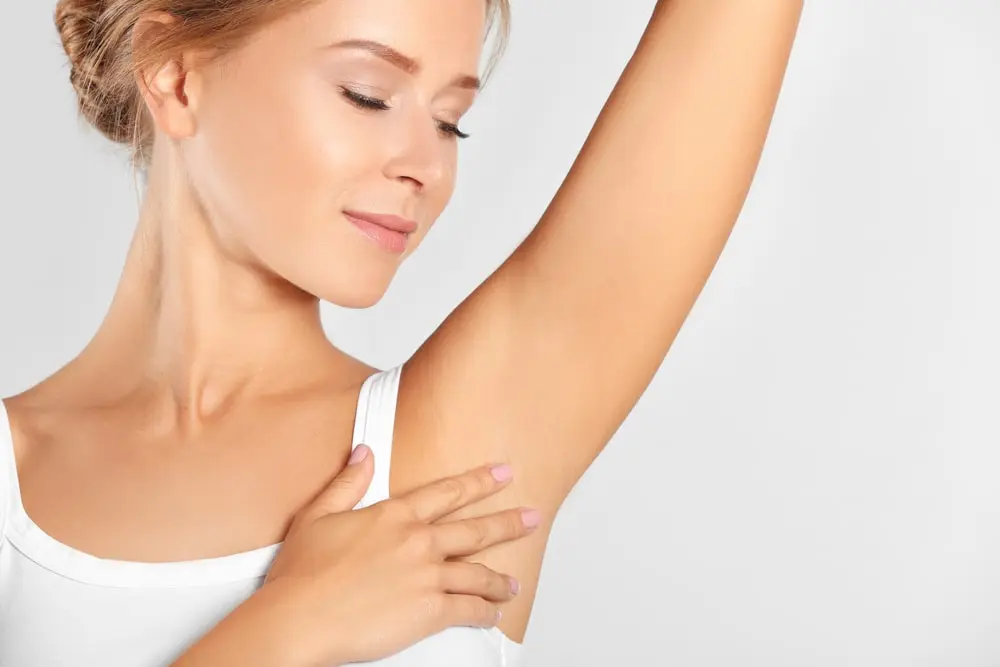
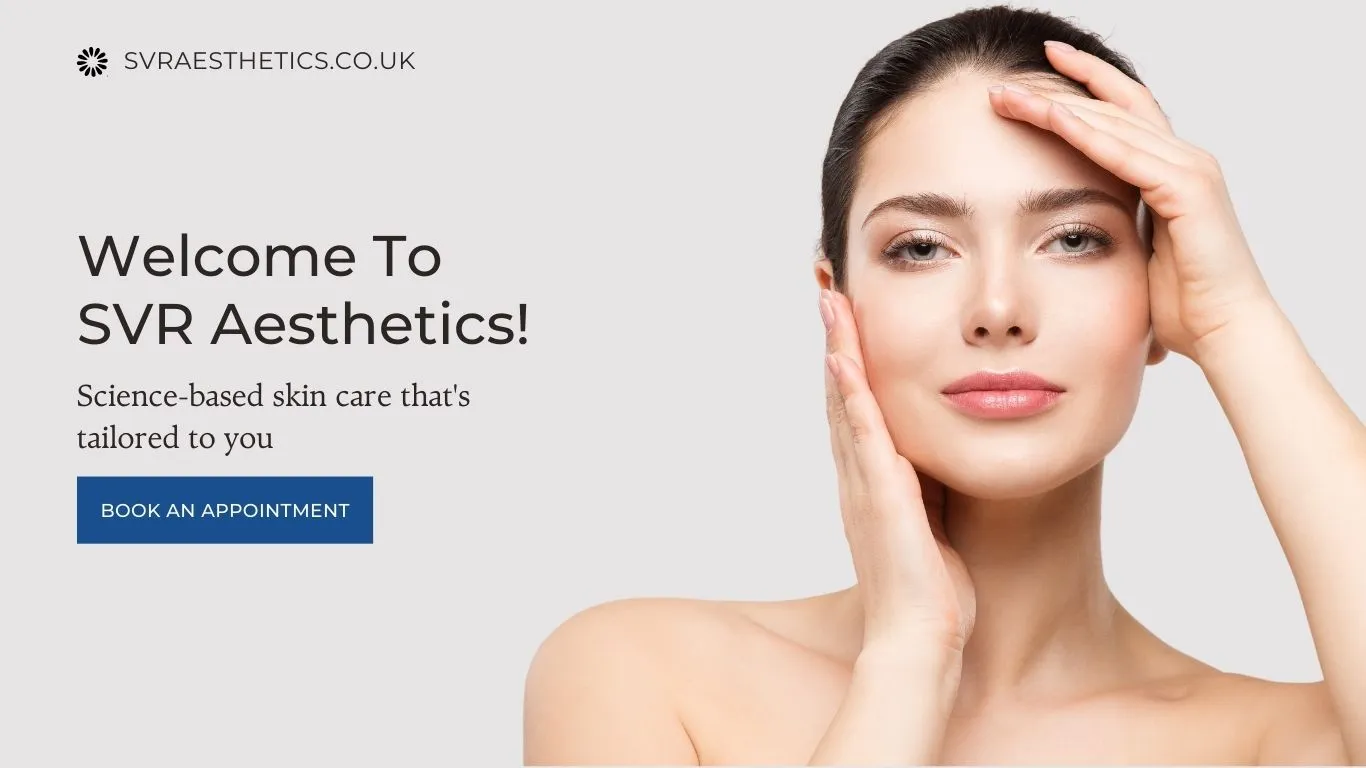

Thanks for sharing. I read many of your blog posts, cool, your blog is very good.
Your article helped me a lot, is there any more related content? Thanks!
Your point of view caught my eye and was very interesting. Thanks. I have a question for you.
Thanks for sharing. I read many of your blog posts, cool, your blog is very good.
Your point of view caught my eye and was very interesting. Thanks. I have a question for you.
I don’t think the title of your article matches the content lol. Just kidding, mainly because I had some doubts after reading the article.
Готовьтесь к захватывающему путешествию в этой задорной игре для устройств на базе Android! Исследуйте уникальные миры, сражайтесь с враждебными врагами, разгадывайте задачи и достигайте новых достижений с помощью интуитивного управления. Погрузитесь в захватывающий сюжет и раскройте все загадки этой завораживающей игровой вселенной.
https://smlabtech.com/bbs/board.php?bo_table=free&wr_id=126702
http://latenitetip.com/index.php?page=user&action=pub_profile&id=470557
https://oohexpressa.com/how-to-analyse-your-ideas-to-find-killer-content/
http://www.studiocampedelli.net/image-post/
https://www.concorsomilanodanza.it/classifica/
http://www.open201.com/bbs/board.php?bo_table=free&wr_id=110606
https://zastaviceibedzevi.com/%d7%9e%d7%a1%d7%90%d7%96-%d7%91%d7%99%d7%aa-%d7%a9%d7%9e%d7%a9/
https://screening.totalreporting.com/blog/2017/04/20/happy-420-heres-your-brain-on-marijuana/
http://www.edid.co.kr/bbs/board.php?bo_table=free&wr_id=67409
https://www.deerparklibrary.org/teenspeak/2019/03/05/they-both-die-at-the-end-by-adam-silvera/
Хотите быть среди первых, тогда заходите на наши социальные сети:
https://www.pinterest.com/whitebac/mods-menuru/
https://ok.ru/group/70000006632560
https://vk.com/club226169585
https://t.me/s/mods_menu
Все игры ищите здесь:
Соревнуйтесь с партнерами или сотрудничайте с ними, чтобы достичь общих целей. Скачайте без промедления и начните свое необычное похождение!
http://zipvr.net/bbs/board.php?bo_table=free&wr_id=140638
https://tony-sheryl.com/bbs/board.php?bo_table=free&wr_id=66173
https://elsantanderista.com/norte-de-santander-entre-el-optimismo-y-la-incertidumbre/
https://budiluhur2.sdstrada.sch.id/2021/04/18/pemberian-obat-cacing-untuk-anak-usia-sekolah/
https://www.cathoderay.net/2013/10/04/unlocking-brain-secrets/
https://www.hb9lc.org/wiki/index.php/User:AurelioWegener
https://blog.bienenzwirbel.ch/?p=1932
https://www.nobiliterreitaliane.it/2021/09/09/una-ricetta-tipica-pugliese-orecchiette-con-cime-di-rapa/
https://lompochistory.org/index.php/old-photos-of-lompoc/crevesse-near-old-mission/
http://test.samtokin78.is/hinsegin-fraedsla-taktu-thatt/
Your article helped me a lot, is there any more related content? Thanks!
Android-устройства стали настоящим развлекательным мирового масштаба, предлагая большое разнообразие игр и программ для различных нужд. В этом гайде мы рассмотрим различные аспекты использования игр и программ на устройствах под управлением Android.
Если ничего не нашли то переходите по ссылке:
http://010-5773-0560.1004114.co.kr/bbs/board.php?bo_table=31&wr_id=339767
https://capablitz.com/groups/enhance-your-android-gaming-with-root-apk-downloads/members/all-members/
http://ikmr.com/bbs/board.php?bo_table=s3_1&wr_id=411715
https://thenolugroup.co.za/groups/unlock-your-android-experience-with-root-apk-downloads/
https://agora-antikes.gr/unleash-the-potential-of-modded-apks/
Android предлагает доступ к разносторонним играм и программам через Google Play Store и другие источники. Эти приложения могут варьироваться от игр, начиная от полезных инструментов для продуктивности. Мы рассмотрим, как найти, установить и настроить игры и программы на вашем устройстве Android.
Если вам интересны взломанные игры, вы можете посетить сайт
[url=https://kemetalan.com/%d8%a7%d9%84%d8%af%d9%83%d8%aa%d9%88%d8%b1-%d9%88%d8%a7%d8%a6%d9%84-%d8%a7%d9%84%d8%b9%d8%aa%d8%a7%d9%84-%d9%8a%d9%88%d8%b6%d8%ad-%d8%b6%d9%88%d8%a7%d8%a8%d8%b7-%d8%b9%d9%85%d9%84%d9%8a%d8%a7%d8%aa/comment-page-102/#comment-6564]Развлечения для Android: Полное руководство для пользователей<[/url] [url=http://www.aiki-evolution.jp/yy-board/yybbs.cgi?list=thread]Развлечения для Android: Полное руководство для геймеров<[/url] [url=http://xianyu.imotor.com/viewthread.php?tid=32&pid=577472&page=2225&extra=#pid577472]Развлечения для Android: Полное руководство для фанатов<[/url] 941b90e
http://kcafa.org/bbs/board.php?bo_table=sub01_01_4_1&wr_id=24145
I don’t think the title of your article matches the content lol. Just kidding, mainly because I had some doubts after reading the article.
Вся информация, представленная на данном сайте, носит исключительно информационный характер и предназначена для ознакомления с деятельностью онлайн-казино. Сайт не являемся оператором игр и не предоставляем услуг по организации азартных игр. ukdyujozyd … https://vircopal.fr/wp-content/maintenance/%D1%81%D1%82%D1%80%D0%B0%D1%82%D0%B5%D0%B3%D0%B8%D0%B8_%D0%BE%D0%BD%D0%BB%D0%B0%D0%B9%D0%BD_%D0%BA%D0%B0%D0%B7%D0%B8%D0%BD%D0%BE.html
I don’t think the title of your article matches the content lol. Just kidding, mainly because I had some doubts after reading the article. https://accounts.binance.com/en-NG/register-person?ref=JHQQKNKN
My site https://altt.me/tg.php?http://qh5.de/autoprofi-24/autoankauf-frankfurt covers a lot of topics about Car Purchase and I thought we could greatly benefit from each other. Awesome posts by the way!
Thank you for your sharing. I am worried that I lack creative ideas. It is your article that makes me full of hope. Thank you. But, I have a question, can you help me? https://accounts.binance.com/hu/register?ref=FIHEGIZ8
Hello! I could have sworn I’ve been to this blog before but after browsing through some of the post I realized it’s new to me. Anyways, I’m definitely happy I found it and I’ll be book-marking and checking back frequently!
Мобильные игры в последнее время становятся всё более интересными. Каждый день появляются новые разработки, которые впечатляют пользователей со всего планеты. В этой статье мы расскажем о актуальных обновлениях из мира мобильных игр и новостных сводках игровой индустрии.
Недавно компания Google анонсировала последнюю версию Android, которая принесла множество обновлений для пользователей. В частности, теперь возможны улучшенные визуальные режимы, что делает геймплей ещё приятным.
Одной из самых долгожданных игр 2024 года является новая версия Call of Duty Mobile. Создатели создали множество миссий, а также усовершенствовали визуальные эффекты и включили уникальные возможности.
Важным новостью стало представление разработки от компании Tencent. Титул игры пока не разглашается, но утечки утверждают, что это будет неповторимый RPG с кооперативным геймплеем.
Для любителей мобильных стратегий есть прекрасная новость – в ближайшее время выйдет последнее обновление для State of Survival. В новом контенте команда добавили новые юниты, а также внедрили специальные события.
Мир мобильных игр постоянно развивается, и каждый день выходят новые проекты. Следите за нашими новостями, чтобы быть в курсе о самых актуальных новинках и событиях в мире игр.
Кроме того, не забудьте подписаться нашей страницей в https://ok.ru/group/70000006632560/topic/157472786496368, чтобы видеть интересные новости из мира гейминга.
На сегодня это все известия из мира игровой индустрии. Увидимся скоро и приятной игры!
https://4stor.ru/smertelnie-faili/page/29/
http://www.soft-mobile.ru/Android/igri-dlya-android-gonki
https://music4good.ru/warm-floor/vkontakte-besplatnaya-registraciya-kak-sozdat-stranicu-v.html
https://www.diablozone.net/news/82
https://gizmod.ru/2018/04/13/sud-postanovil-zablokirovat-telegram/
[url=https://www.sarahduckworthphotography.com/2014-canvas-contest/#comment-812971]Потрясающие события! Эти новости о видеоиграх вызвали бурю эмоций![/url]
[url=http://doosanmetal.com/bbs/board.php?bo_table=inquiry&wr_id=228688]Сенсация! Эти игров[/url]
[url=https://casavosoft.com/2018/04/11/a-designer-desk/#comment-60223]Потрясающие события! Эти сенсационные игровые новости вызвали бурю эмоций![/url]
b2681ed
Thanks for sharing. I read many of your blog posts, cool, your blog is very good.
It is always great to come across a page where the admin take an actual effort to generate a really good article. Check out my website https://www.glories.com.tr/index.php?route=common/language/language&code=en-gb&redirect=http://qh7.de/massagetherapie-und-ihre-vorteile concerning about Thai-Massage.
Your article helped me a lot, is there any more related content? Thanks!
Great ?V I should definitely pronounce, impressed with your web site. I had no trouble navigating through all tabs and related info ended up being truly easy to do to access. I recently found what I hoped for before you know it at all. Quite unusual. Is likely to appreciate it for those who add forums or something, site theme . a tones way for your client to communicate. Nice task..
When I originally commented I clicked the -Notify me when new comments are added- checkbox and now each time a comment is added I get four emails with the same comment. Is there any way you can remove me from that service? Thanks!
Your point of view caught my eye and was very interesting. Thanks. I have a question for you.
Your point of view caught my eye and was very interesting. Thanks. I have a question for you.
Thanks for sharing. I read many of your blog posts, cool, your blog is very good.
Hi there! I just wanted to ask if you ever have any issues with hackers? My last blog (wordpress) was hacked and I ended up losing many months of hard work due to no backup. Do you have any methods to prevent hackers?
I have been browsing on-line greater than 3 hours nowadays, but I by no means found any fascinating article like yours. It?¦s lovely worth enough for me. In my opinion, if all web owners and bloggers made just right content as you did, the internet will probably be a lot more helpful than ever before.
Thanks for sharing. I read many of your blog posts, cool, your blog is very good.
After all, what a great site and informative posts, I will upload inbound link – bookmark this web site? Regards, Reader.
Appreciating the hard work you put into your website and detailed information you offer. It’s awesome to come across a blog every once in a while that isn’t the same old rehashed material. Wonderful read! I’ve bookmarked your site and I’m including your RSS feeds to my Google account.
Howdy! Do you know if they make any plugins to help with SEO? I’m trying to get my blog to rank for some targeted keywords but I’m not seeing very good success. If you know of any please share. Thank you!